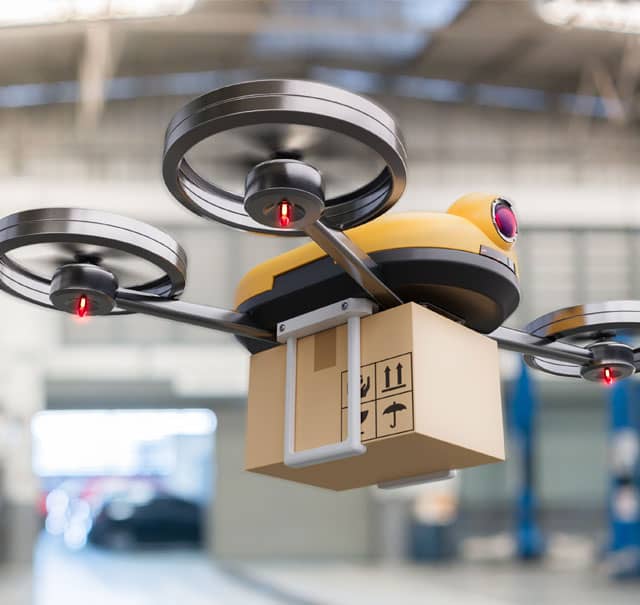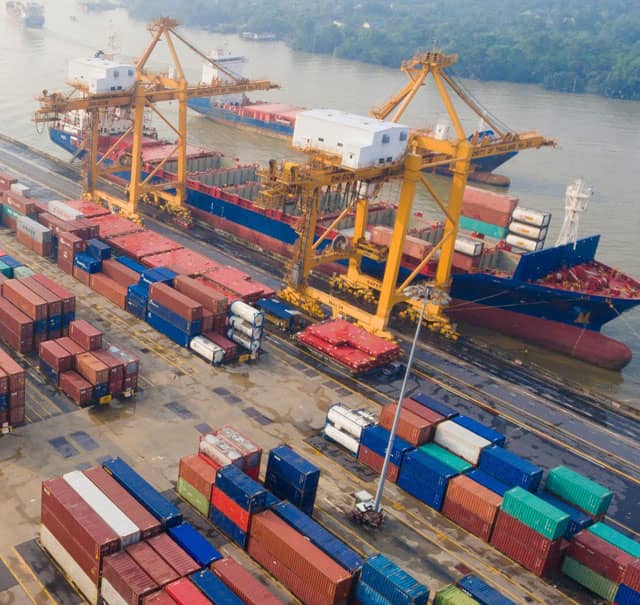5G in Industry & Logistics - Insights from Zebra Technologies

Entrepreneur and 5G
Zebra Technologies advises industrial customers on 5G and deploys 5G networks together with partners. RFID & Wireless IoT spoke with Stephan Pottel, Business Development Manager EMEA Manufacturing at Zebra, about the expectations that industrial companies have for 5G.
INTERVIEW WITH STEPHAN POTTEL
“I often hear from customers: The only thing we still want to think of as wired is power. We can't get around electricity. We need the building itself, but everything else should be much more flexible. 5G is the technology that will enable that.” - Stephan Pottel, Business Development Manager EMEA Manufacturing, Zebra Technologies.
1. Mr. Pottel, in which areas do your customers see the greatest potential for optimization via 5G?
In conversations with customers, I hear time and again that 5G is seen as something that can lead the entire network topic in manufacturing because of the unique possibilities that have been built into the standards with 5G. We' re talking, for example, about time-critical robotic systems or memory-programmable control systems that can control them and integrate them. The wide bandwidth enables machine vision and many new possibilities where vision plays a role.
2. What specific expectations do your customers have of 5G?
The companies with which we are in close contact want to move away from the wired infrastructure in order to be able to operate more flexibly and at lower cost. From their point of view, however, they will only be able to do this when 5G is used on an all-encompassing basis. That starts with the mobile scanner, continues with the printer, the mobile robot, the machine vision applications and everything that could be in some way made flexible in their plant for production optimization.
The only thing many still want to think of as wired is power. That' s what I hear time and time again. There's no getting around electricity. 'We need the building itself,' they say, but everything else should be much more flexible. 5G is the technology that will enable that.
3. Can you give an example of this?
The flexibility that 5G brings to manufacturing operations is changing the way assembly and manufacturing is done.
A rigid succession of manufacturing sequences will no longer be necessary. That which is manufactured can be driven to individual points with AMRs. But the points no longer have to be processed sequentially, as is currently the case in production lines. The production sites can therefore also be set up and equipped in a completely different way.
4. Do flexible 5G plants already exist?
Some are quite well known, such as Factory 56, but this is an exceptional case. Many customers are testing 5G in individual factories because there should be a clear return on investment (ROI) – a profit. The transition to 5G involves quite a bit of change in overall workflows. If you move from Wifi to 5G but don't find any potential for optimization in the operations, then there is no gain.
Some may do it because they want to implement a new network, but I think this is unlikely because of the high costs involved. Therefore, customers test specific use cases for 5G in certain plants and only roll them out in other plants once the test has been successful.
5. Does this mean that a continuous infrastructure transformation to 5G is taking place in industrial companies?
In principle, yes. they already have potential use cases for 5G. However, they are unable to acquire the necessary devices. The 5G standard is not yet fully available. R15 has been launched and is available; R16 has also been launched, but it is only partially available. R16-enabled components are partially missing.
And it's really R16 and 17 that are important for industrial applications. I would therefore say that there is steady but slow progress.
6. You just mentioned ROI; can you estimate how long it will take for 5G implementation to pay off?
This varies from case to case. Worcester Bosch from England converted a plant to 5G in 2018 and made their figures public. The ROI there is expected after 5 years. Since commissioning, there has been a 2% increase in productivity. Is 2 % enough for a global rollout? Probably not.
Zebra Vice President of Robotics Melonee Wise told me about a case where the gains are much higher. An automotive components distributor used AMRs and not only increased its throughput of goods by 25 %, but reclaimed 13 % of their distribution space in the warehouse.
7. Which industries will benefit most from 5G?
5G makes sense wherever there are large areas with machines and devices that customers need to oversee and control. This is because 5G can serve many more devices per cell. For this reason, I expect 5G to have the most impact in manufacturing. The manufacturing and automation industries will benefit tremendously from 5G. Transportation & logistics will also benefit from 5G. All operations in ports and in distribution and logistics centers that are related to sorting systems or assembly lines, and where robots and AMRs can provide support can run more efficiently with 5G.
“5G makes sense wherever there are large areas with machines and devices that customers need to oversee and control. This is because 5G can serve many more devices per cell. This is the reason why I expect 5G to have the most impact in manufacturing”. - Stephan Pottel, Business Development Manager EMEA Manufacturing, Zebra Technologies.





